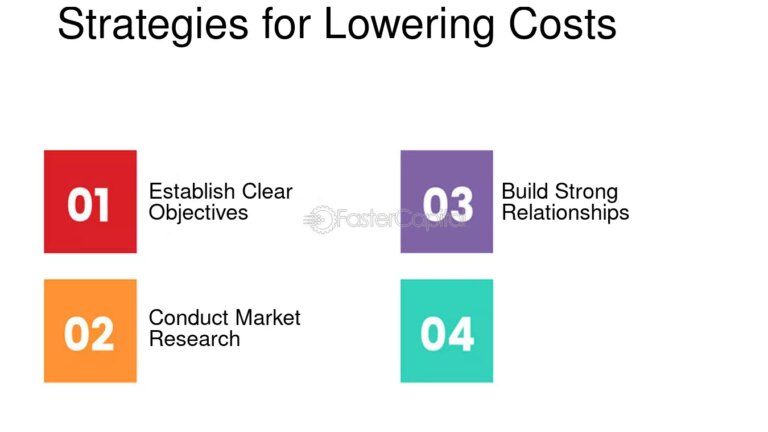Safety and cost-effective driving tips
Safety and economy are two fundamental aspects when driving. Driving in a responsible manner not only protects our life and that of others but also allows us to save fuel and reduce unnecessary expenses. Adopting proper practices in vehicle use, performing periodic maintenance, and being attentive to the conditions of the environment are key to achieving safer and more efficient driving. Below, a series of practical tips will be presented to help drivers improve their driving style, promoting both road safety and travel economy.
Driving safely and economically is crucial not only to protect our life and that of others but also to maximize fuel efficiency and reduce costs associated with vehicle operation. Below, a series of practical tips will be presented to help drivers achieve responsible and sustainable driving.
Regular vehicle maintenance
Safety in driving starts with a well-maintained vehicle. Performing periodic inspections is essential to ensure that brakes, lights, and tires are in optimal condition. Additionally, changing the oil and filters on time ensures efficient engine performance, which not only prevents breakdowns but also improves fuel consumption. In this context, AutoCosmos emphasizes the importance of following the manufacturer’s instructions to maximize vehicle performance.
Adjustments before driving
Before starting a trip, it is advisable to adjust the driving position and mirrors for adequate visibility. A proper position at the wheel not only prevents fatigue but also improves concentration on the road. Ensure that the gas tank is not below a quarter to avoid running out of fuel in an inconvenient place.
Driving according to weather conditions
Weather conditions can drastically affect safety on the road. Adapting driving to situations such as rain, fog, or extreme temperatures is vital. Maintaining a reduced speed and increasing the distance between vehicles are crucial actions in these circumstances. Paying special attention to traffic signs and road conditions can prevent incidents.
Avoiding distractions while driving
Driving requires our full attention. Therefore, it is essential to avoid distractions such as using a mobile phone or eating while driving. Stopping in a safe place to meet any needs can make the difference between a trouble-free trip and an accident. Maintaining concentration helps us react to unexpected situations, thus increasing safety.
Economical driving techniques
Adopting an eco-efficient driving style not only benefits the environment but also reduces fuel expenditures. Some practices include accelerating smoothly, avoiding sudden braking, and using cruise control on long trips. Learn to take advantage of the vehicle’s inertia on inclines and maintain a constant speed to maximize fuel efficiency. For more details on consumption optimization, you can visit here.
The impact of maintenance on fuel consumption
Good vehicle maintenance, which includes proper wheel alignment and adequate tire condition, along with regular diagnostics, can prevent an increase in fuel expenditure. Each component of the vehicle contributes to its performance and, therefore, to fuel economy. Investing time in keeping the vehicle in optimal condition can lead to significant long-term savings.
Responsible driving
Responsible driving means respecting traffic rules and being aware of other road users. It is always better to plan the trip in advance to avoid stressful situations and promote a calmer driving experience. Being aware of and following traffic laws helps avoid penalties and increases overall safety on the roads.
By integrating these tips into the driving routine, a safer trip can be achieved along with a much more efficient and economical driving style. To explore more on sustainability topics while driving, check the practical strategies in this link.
To achieve safe and efficient driving, it is essential to adopt a series of habits that not only contribute to road safety but also optimize fuel consumption and minimize expenses related to vehicle maintenance. First, performing periodic checks on the car is an essential practice. This includes regularly checking the brakes, lights, and tires, as these are key components in the operation and safety of the vehicle. A well-maintained car translates to greater fuel efficiency and, consequently, long-term savings.
Adaptability to different weather conditions is another skill that every driver must master. Adjusting driving style according to the weather not only enhances safety but can also prevent hazardous situations. Additionally, it is crucial to avoid distractions while driving, such as using a mobile phone or eating while driving, which can lead to accidents.
It is also important to consider driving style. Adopting an eco-efficient driving style not only reduces gasoline consumption but also prolongs the vehicle’s lifespan. Strategies such as anticipating braking and maintaining a constant speed are key in this aspect. Additionally, responsible fuel consumption supports broader goals, such as reducing polluting emissions.
Finally, it is always a good idea to plan routes to avoid congestion and potential delays that not only affect travel time but also increase fuel usage. By implementing these tips, a safer and more economical driving can be achieved, benefiting both the driver and the environment.





